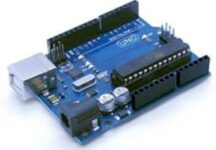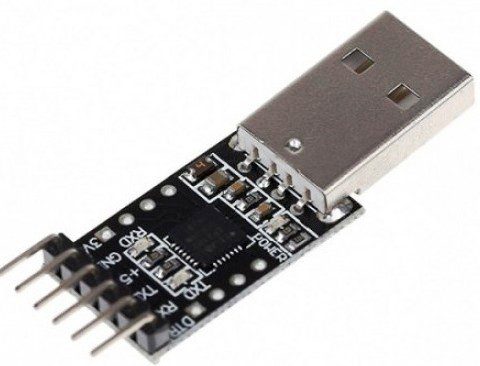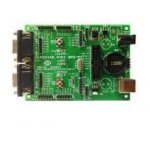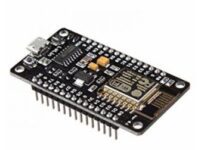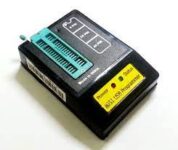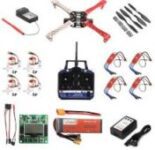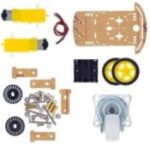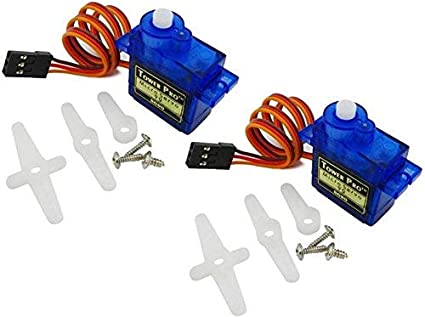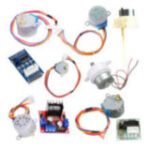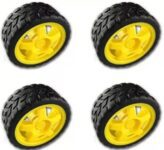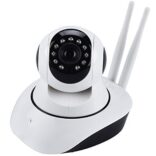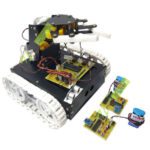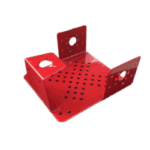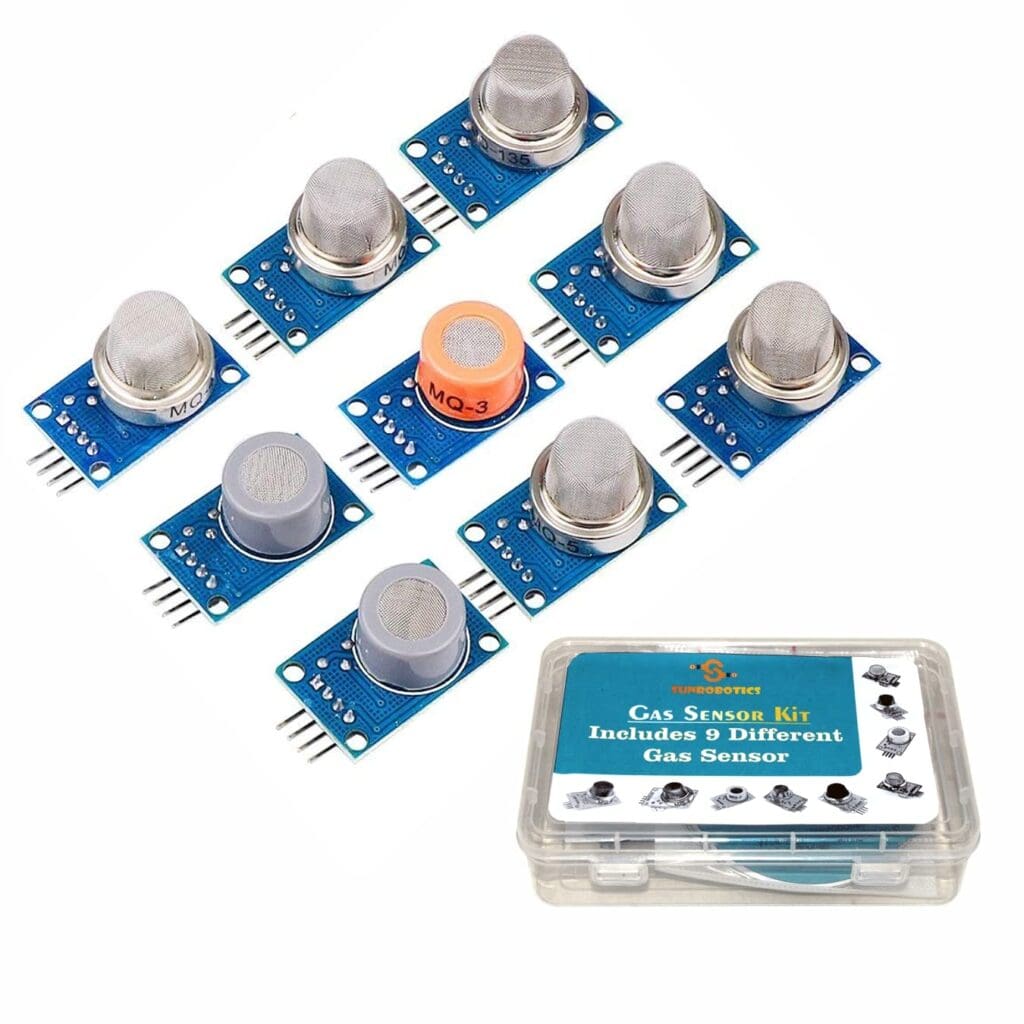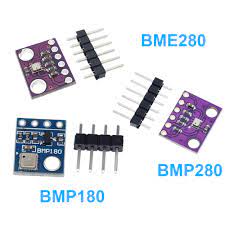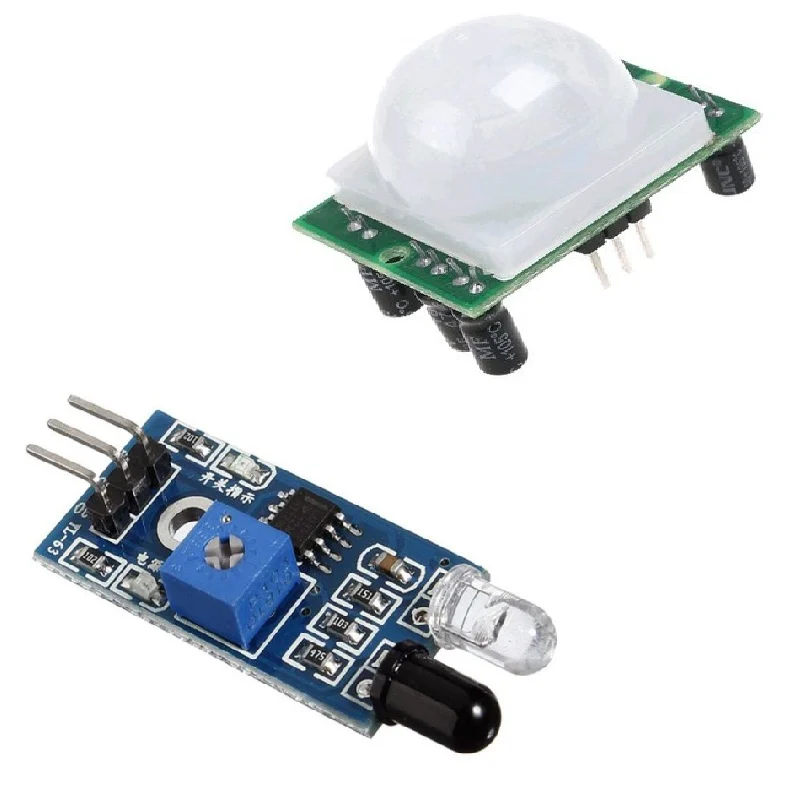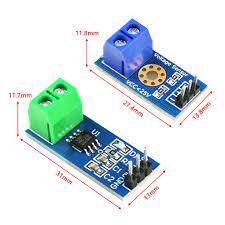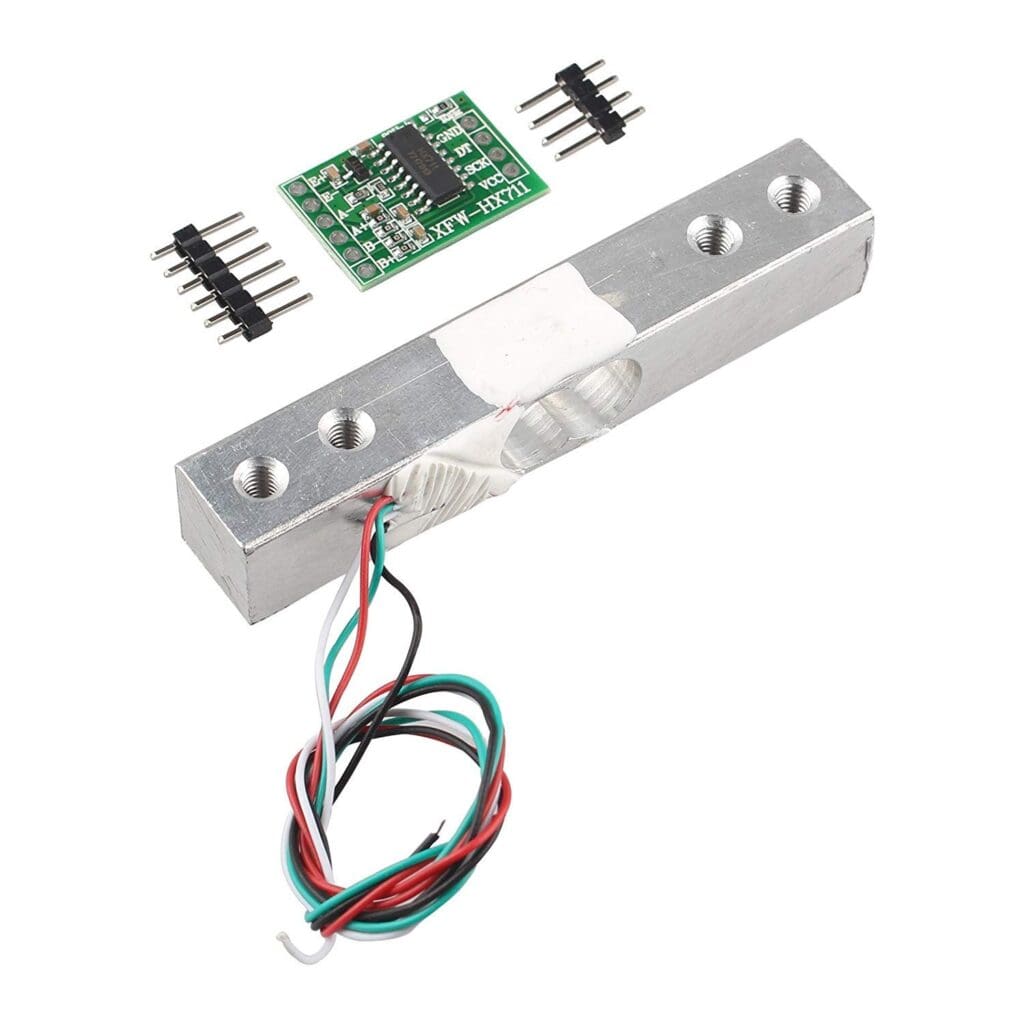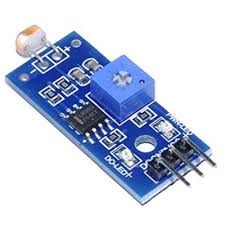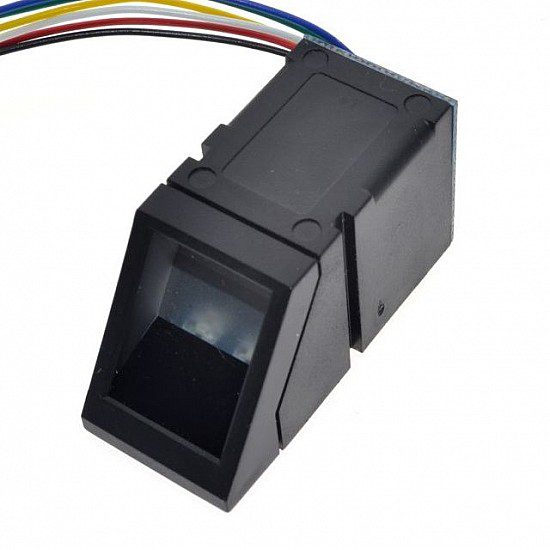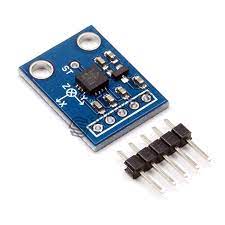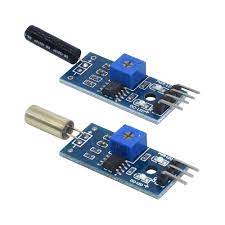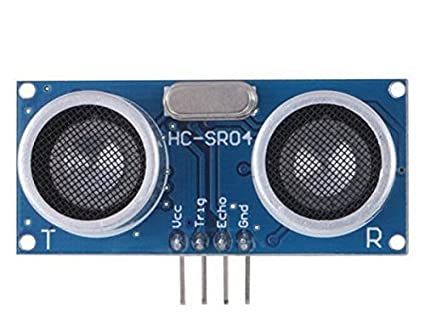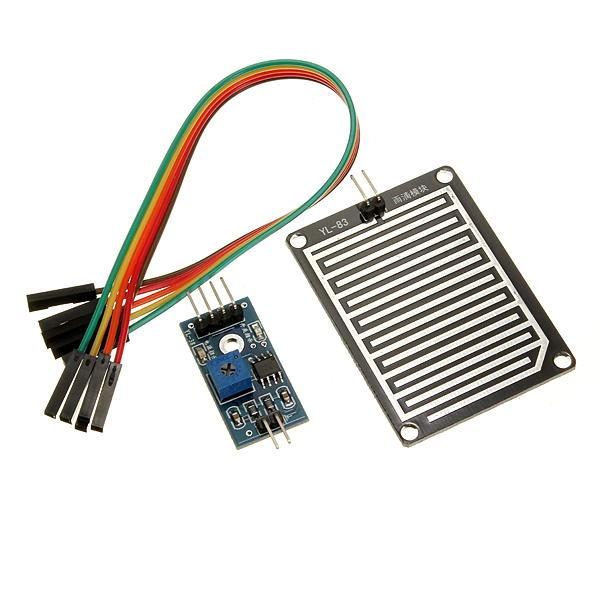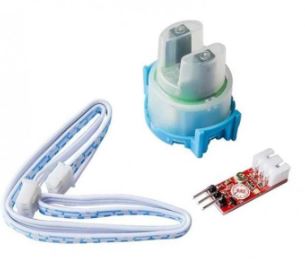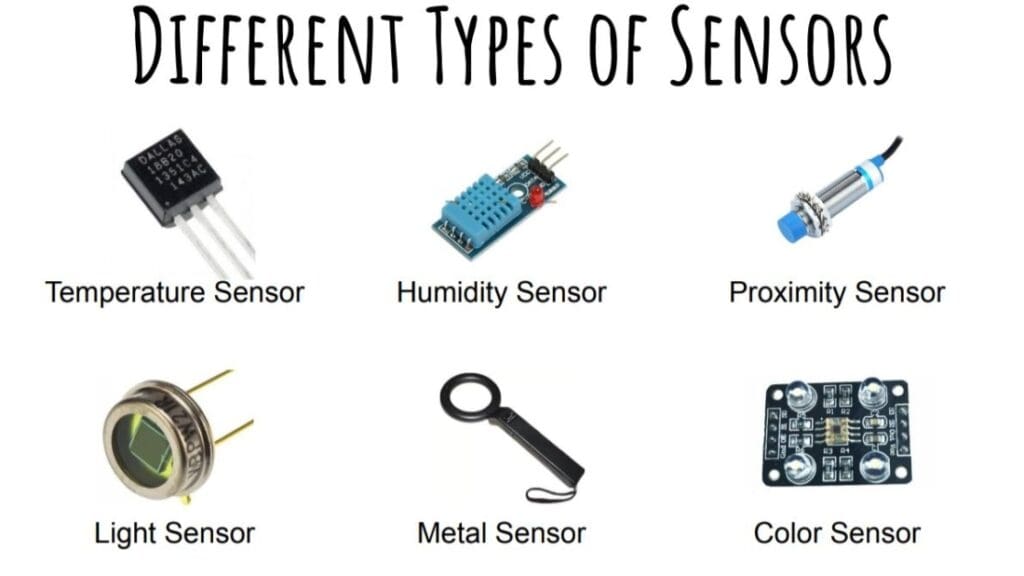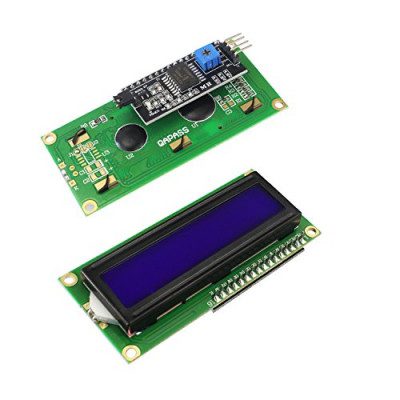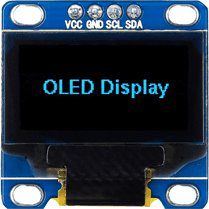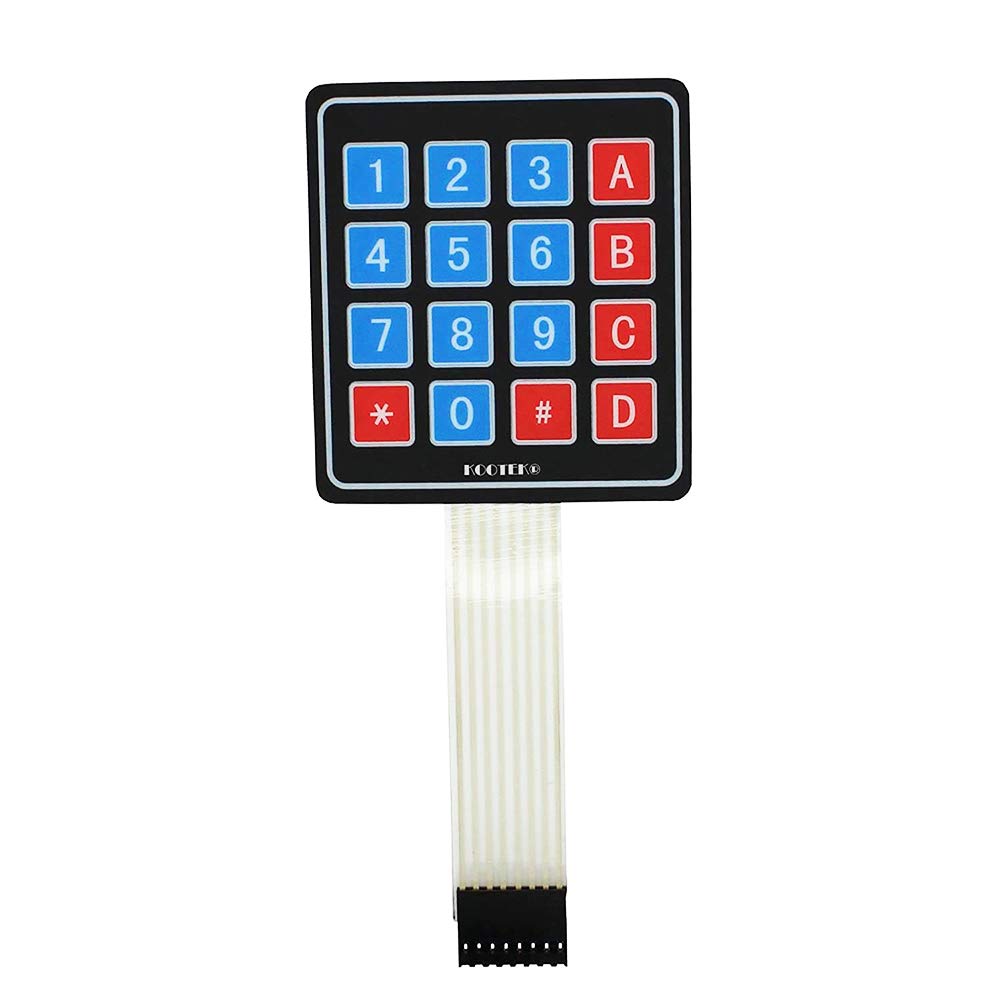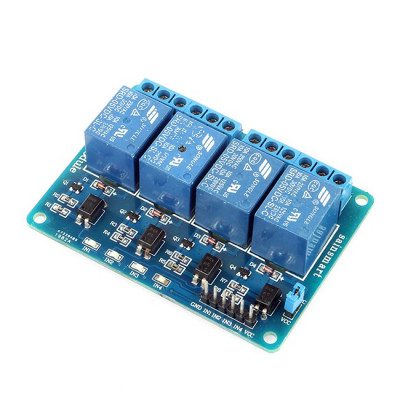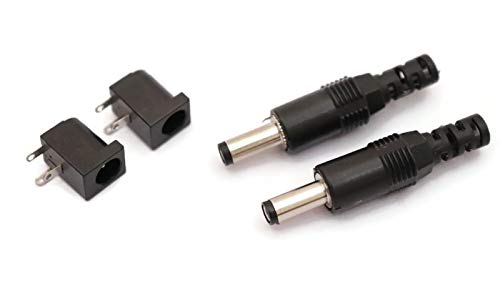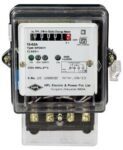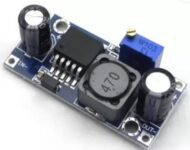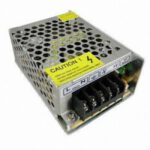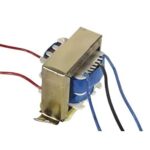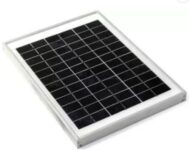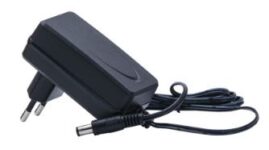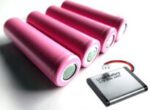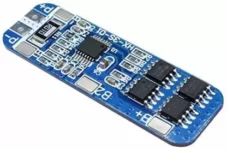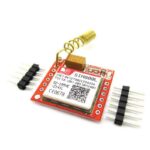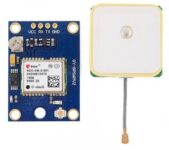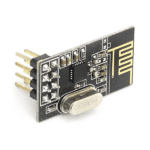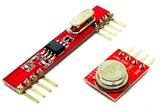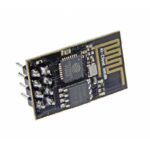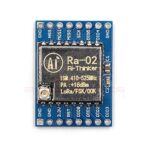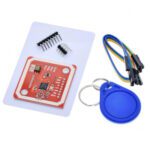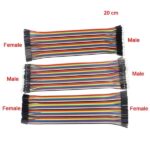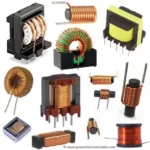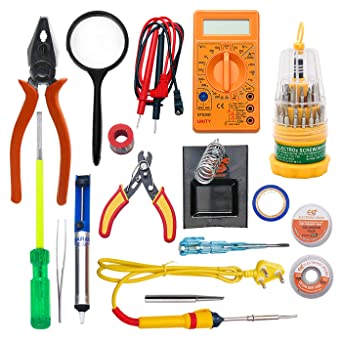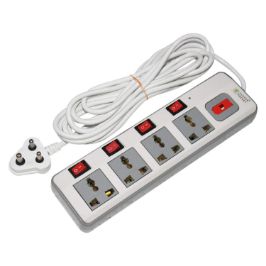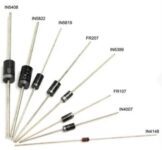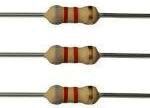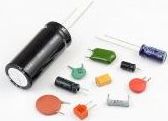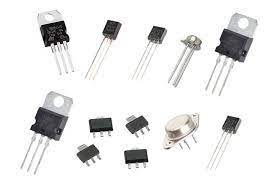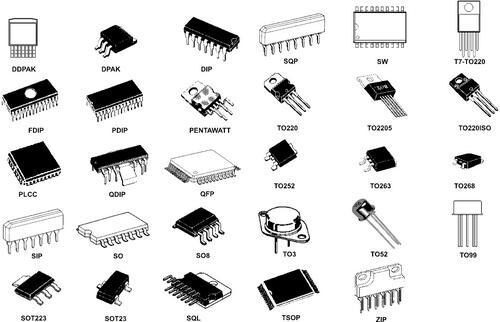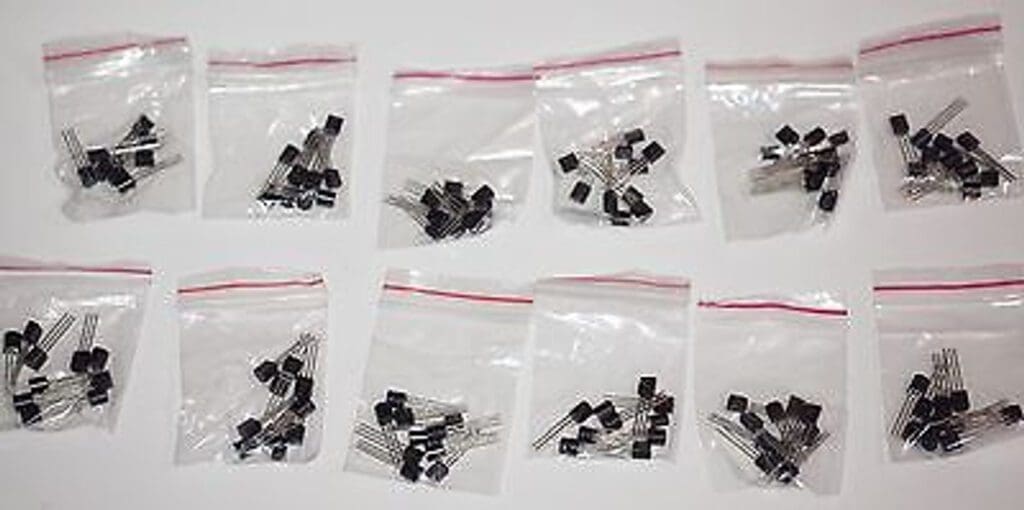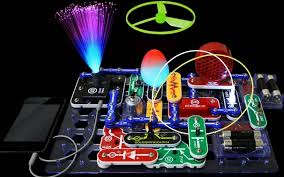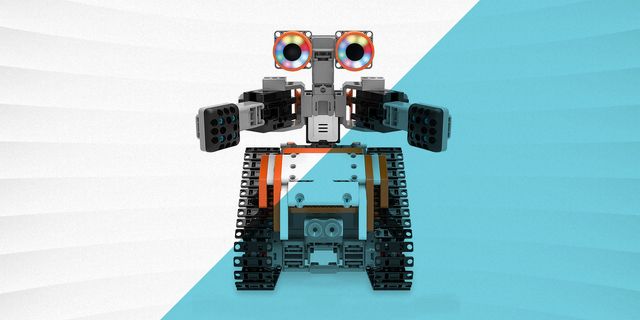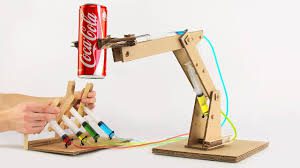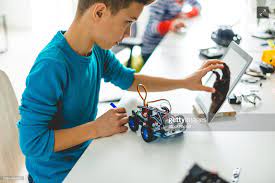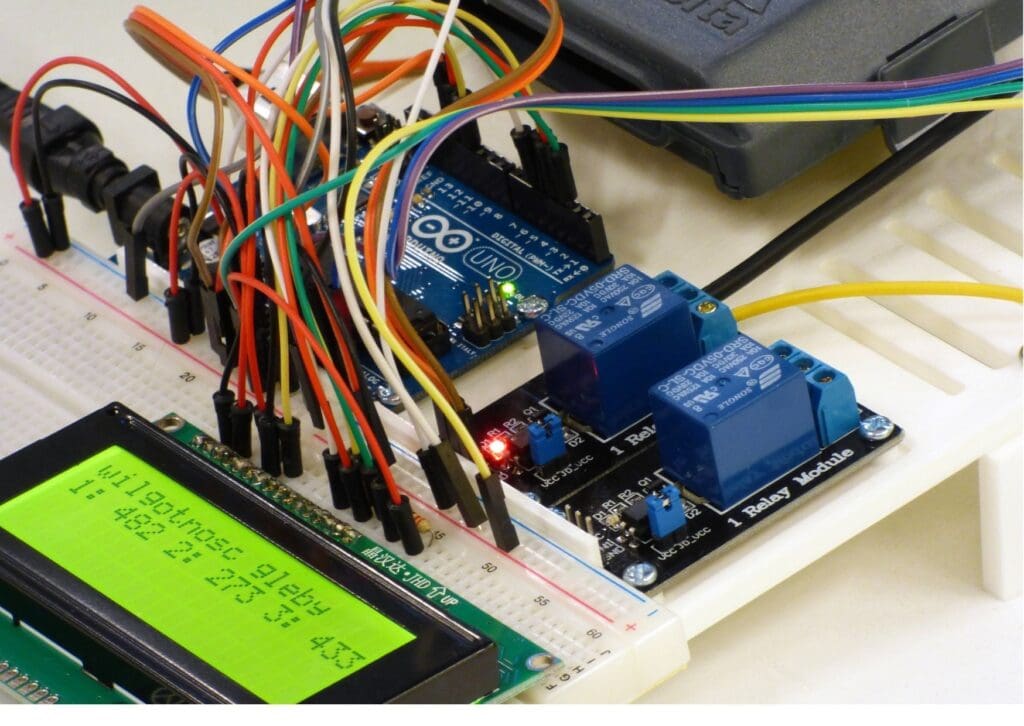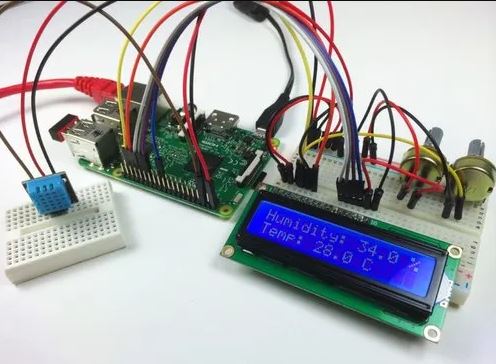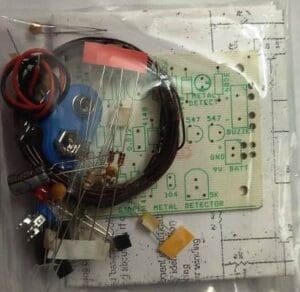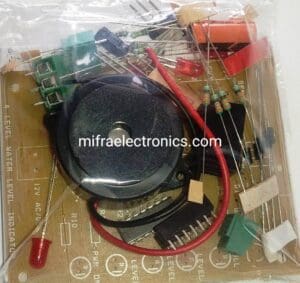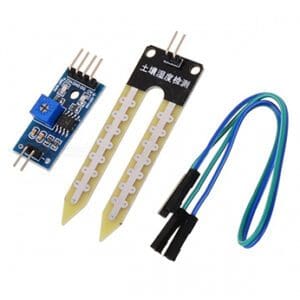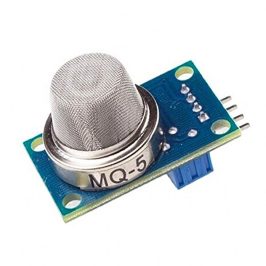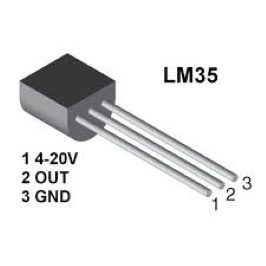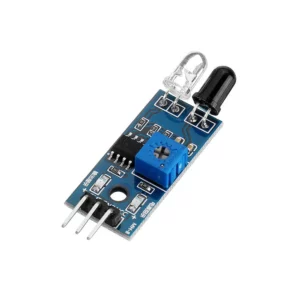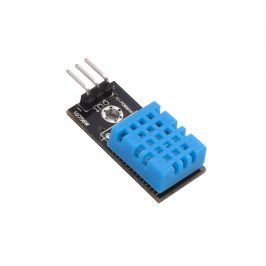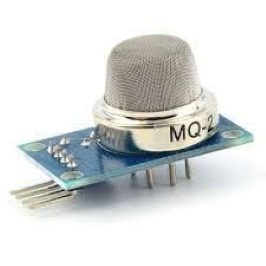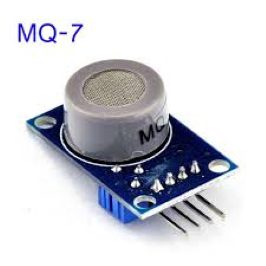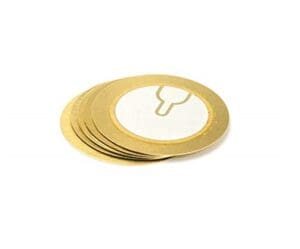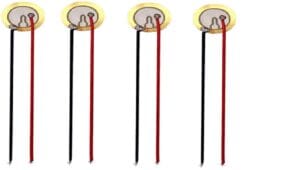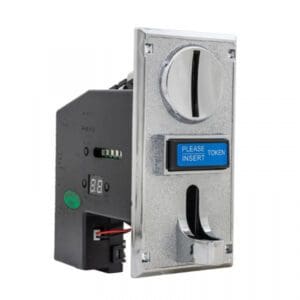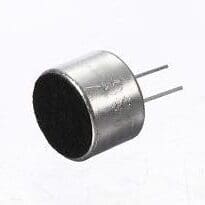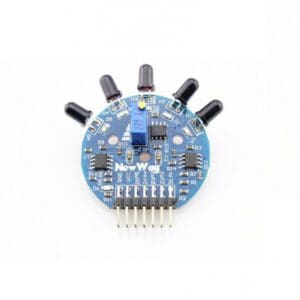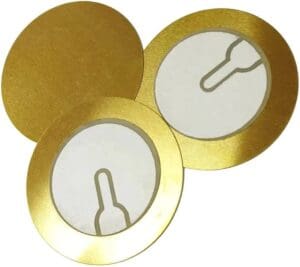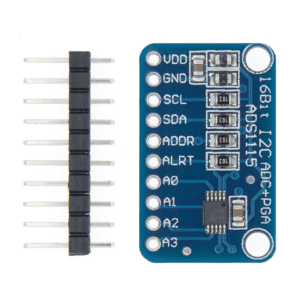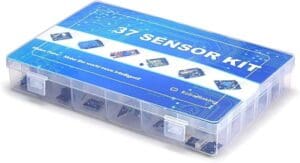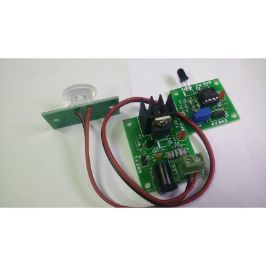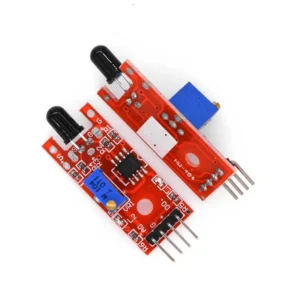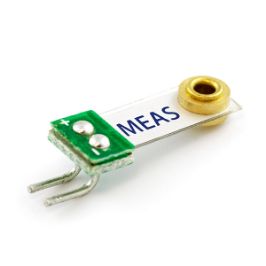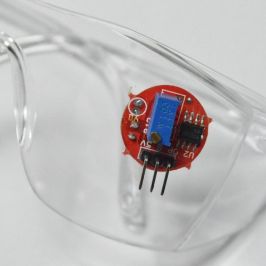The Internet of Things
Introduction:
- The Internet of Things (IoT) is a revolutionary paradigm that refers to the interconnection of everyday objects, devices, and systems through the internet, enabling them to collect, share, and exchange data seamlessly. In essence, IoT extends the power of the internet beyond traditional computing devices like computers and smartphones to a diverse range of physical objects, creating a network of interconnected devices that communicate and interact with each other autonomously.
- At its core, IoT involves embedding sensors, actuators, and connectivity capabilities into physical objects, allowing them to gather data from their surroundings, process it, and transmit it to other devices or centralized systems. These devices can range from household appliances and wearable gadgets to industrial machinery and urban infrastructure.
- The key components of an IoT system include:
1. Sensors and Actuators
These are the physical devices responsible for capturing data from the environment (sensors) and performing actions based on that data (actuators). Sensors can measure various parameters such as temperature, humidity, motion, light, pressure, and more.
2. Connectivity IoT devices
rely on various communication technologies to transmit data over the internet or other networks. This can include Wi-Fi, Bluetooth, Zigbee, cellular networks (3G/4G/5G), LPWAN (Low-Power Wide-Area Network), NFC (Near Field Communication), and more.
3. Data Processing
and Analytics The data collected by IoT devices is often processed locally on the device itself or transmitted to cloud-based platforms for further analysis. Advanced analytics techniques such as machine learning and artificial intelligence are often employed to derive insights from the vast amounts of data generated by IoT deployments.
4. Cloud Infrastructure
Cloud computing plays a crucial role in IoT deployments by providing scalable storage, processing power, and hosting services for IoT applications and data. Cloud platforms enable centralized management, real-time monitoring, and remote control of IoT devices across large-scale deployments.
5. Security
is a critical consideration in IoT systems to protect against unauthorized access, data breaches, and cyber-attacks. This involves implementing robust authentication mechanisms, encryption protocols, secure firmware updates, and regular security audits to safeguard IoT devices and the data they generate.
6. User Interface IoT
applications often feature user interfaces that allow users to interact with and control connected devices remotely. These interfaces can take the form of mobile apps, web dashboards, or voice-controlled assistants, providing users with intuitive ways to monitor and manage IoT devices.
- The potential applications of IoT are vast and diverse, spanning across industries such as healthcare, agriculture, manufacturing, transportation, smart cities, home automation, environmental monitoring, and more. By leveraging the power of interconnected devices and data-driven insights, IoT has the potential to drive innovation, improve efficiency, enhance decision-making, and ultimately transform the way we live, work, and interact with the world around us.
Projects Categories:
Products Categories:
- Robotics
- Actuators
- Camera Modules
- Drone Kits
- Drone Components
- Chassis
- DC Motors
- Other Robotic accessories
- Pick and Place Modules
- Robotic Kit
- Servo Motors
- Stepper Motors
- Wheels
- Microcontrollers & Programmers
- 8051 Microcontroller
- Arduino Microcontroller
- ARM Development Board
- Interface Module
- NODMCU / ESP Modules
- PIC Microcontroller
- Raspberry Pi
- Devices and Actuators
- Display Modules
- Sensors & Module
- Power Supply / Batteries
- Wireless modules
- Electronic Components
- Wholesale Market
Description
- The Internet of Things (IoT) is a transformative technological concept that envisions a world where virtually any object can be connected to the internet, enabling communication and data exchange between devices, systems, and services. It represents a convergence of multiple technologies, including sensors, connectivity, cloud computing, and data analytics, to create a network of interconnected devices capable of sensing, processing, and sharing data in real-time.
Core Components of IoT:
1. Sensors and Actuators
Sensors These are devices that gather data from the physical environment. They can measure various parameters such as temperature, humidity, pressure, light, motion, and more.
Actuators Actuators are devices that enable IoT systems to take action based on the data collected by sensors. They can perform tasks like turning on/off lights, controlling thermostats, opening/closing valves, and adjusting motor speeds.
2. Connectivity
IoT devices rely on various communication technologies to connect and communicate with each other and with centralized systems. This includes Wi-Fi, Bluetooth, Zigbee, cellular networks (3G/4G/5G), LPWAN (Low-Power Wide-Area Network), RFID (Radio-Frequency Identification), and satellite communication.
The choice of connectivity technology depends on factors such as range, bandwidth, power consumption, and cost.
3. Data Processing and Analytics
IoT generates vast amounts of data from sensors and devices. This data needs to be processed, analyzed, and interpreted to derive meaningful insights.
Data processing can occur locally on the device (edge computing) or in centralized cloud-based platforms. Advanced analytics techniques such as machine learning and artificial intelligence are often applied to IoT data to extract patterns, trends, and predictive insights.
4. Cloud Infrastructure
Cloud computing platforms play a crucial role in IoT deployments by providing scalable storage, computing power, and hosting services for IoT applications and data.
Cloud platforms enable centralized management, real-time monitoring, remote control, and data analytics of IoT devices across large-scale deployments.
5. Security
Security is a paramount concern in IoT systems to protect against unauthorized access, data breaches, and cyber-attacks.
Security measures include encryption, authentication mechanisms, secure firmware updates, access control, and regular security audits.
6. User Interface
IoT applications often feature user interfaces that allow users to interact with and control connected devices remotely.
User interfaces can be in the form of mobile apps, web portals, or voice-controlled assistants, providing intuitive ways for users to monitor and manage IoT devices.
Applications of IoT:
Smart Home IoT enables the automation and remote control of household devices such as thermostats, lighting systems, security cameras, and appliances.
Healthcare IoT devices monitor patients’ health status, track medication adherence, and enable remote patient monitoring, improving healthcare delivery and patient outcomes.
Industrial IoT (IoT) IoT is revolutionizing industries by enabling predictive maintenance, asset tracking, supply chain optimization, and process automation in manufacturing, agriculture, logistics, and energy sectors.
Smart Cities IoT solutions improve urban infrastructure management, traffic flow optimization, waste management, environmental monitoring, and public safety.
Agriculture IoT sensors and drones monitor soil conditions, crop health, and weather patterns to optimize irrigation, fertilization, and pest control, increasing crop yields and sustainability.
Wearable Device IoT-enabled wearables such as fitness trackers, smartwatches, and health monitors collect biometric data for personal health monitoring and fitness tracking.

Types of sensors in IOT
- The Internet of Things (IoT) encompasses a wide range of applications and use cases, each with its own set of requirements and technologies. Similarly, the sensors used in IoT systems vary depending on the specific application and the type of data that needs to be collected. Here, I’ll provide an overview of different types of IoT and examples of sensors commonly used in each category:
Types of IoT:
1. Consumer IoT
- Smart Home IoT devices used for home automation, security, and entertainment.
Wearable Devices IoT enabled gadgets worn by users to track health metrics, fitness, and activity levels.
Connected Appliances Smart refrigerators, thermostats, lighting systems, and home assistants.
2. Industrial IoT (IoT)
- Manufacturing IoT sensors monitor equipment performance, predict maintenance needs, and optimize production processes.
Supply Chain and Logistics Tracking goods, inventory management, and predictive maintenance for transportation vehicles.
Utilities Monitoring energy consumption, optimizing distribution networks, and managing water resources.
3. Healthcare IoT
- Remote Patient Monitoring Wearable sensors and medical devices monitor vital signs and health metrics, transmitting data to healthcare providers.
Telemedicine IoTenabled devices facilitate virtual consultations, diagnosis, and treatment monitoring.
Healthcare Facilities Management Monitoring equipment usage, asset tracking, and ensuring regulatory compliance.4. Smart Cities
Urban Infrastructure IoT sensors monitor traffic flow, parking availability, air quality, and waste management.
Public Safety Surveillance cameras, gunshot detection systems, and emergency response systems.
Environmental Monitoring Monitoring pollution levels, water quality, and weather conditions.5. Agricultural IoT
- Precision Agriculture IoT sensors monitor soil moisture, temperature, and nutrient levels to optimize irrigation and fertilization.
Livestock Monitoring Tracking animal health, behavior, and location using wearable sensors.
Crop Monitoring Drones and sensors monitor crop health, growth patterns, and pest infestations - Types of Sensors Used in IoT:
1. Environmental Sensors
Temperature Sensors Measure ambient temperature for climate control and environmental monitoring.
Humidity Sensors Monitor humidity levels for HVAC systems, agricultural applications, and indoor air quality.
Air Quality Sensors Detect pollutants such as particulate matter, VOCs (volatile organic compounds), and gases.
Light Sensors Measure ambient light levels for automatic lighting control and energy efficiency.
2. Motion and Presence Sensors
PIR (Passive Infrared) Sensors Detect motion and presence by measuring changes in infrared radiation.
Ultrasonic Sensors Measure distance and detect motion based on the reflection of ultrasonic waves.
Proximity Sensors Detect the presence of nearby objects without physical contact.
3. Biometric Sensors
Heart Rate Monitors Measure heart rate and heart rate variability for health and fitness tracking.
Electrodermal Activity (EDA) Sensors Measure changes in skin conductance for stress and emotion monitoring.
Blood Glucose Monitors Measure blood glucose levels for diabetic management.
4. Position and Location Sensors
GPS (Global Positioning System) Provide accurate location tracking for asset management, navigation, and fleet tracking.
RFID (Radio-Frequency Identification)Track and identify objects using radio waves, commonly used in supply chain and logistics.
5. Chemical and Biological Sensors
Gas Sensors Detect specific gases and chemical compounds for environmental monitoring, industrial safety, and healthcare applications.
Biosensors Detect biological molecules such as proteins, DNA, and antibodies for medical diagnostics and environmental monitoring.
6. Acoustic Sensors
Microphones Capture sound waves for audio sensing, voice recognition, and acoustic monitoring.
Seismic Sensors Detect vibrations and seismic activity for structural health monitoring and earthquake early warning systems.
These are just a few examples of the diverse range of IoT applications and sensors available. Depending on the specific requirements of each application, IoT systems may incorporate a combination of different sensors to collect and process data effectively.

Recent innovations and achievements in the field of IOT
As of my last update in January 2022, the field of IoT has seen continuous innovation and significant achievements. Here are some recent advancements:
1. Edge Computing for IoT Edge computing has gained traction in IoT deployments, enabling data processing and analysis to occur closer to the data source. This reduces latency, bandwidth usage, and dependence on centralized cloud services. Recent innovations have focused on optimizing edge computing architectures for IoT applications, enabling real-time processing and decision-making at the network edge.
2. 5G Connectivity The rollout of 5G networks has unlocked new possibilities for IoT by providing faster data speeds, lower latency, and higher device density. 5G enables IoT applications that require high-bandwidth and low-latency connectivity, such as autonomous vehicles, augmented reality (AR), virtual reality (VR), and industrial automation. Recent achievements include the deployment of 5G-enabled IoT solutions in smart cities, manufacturing facilities, and healthcare systems.
3. AI and Machine Learning in IoT AI and machine learning techniques are increasingly integrated into IoT systems to analyze large volumes of sensor data, extract actionable insights, and enable predictive maintenance and anomaly detection. Recent innovations include the development of AI powered edge devices that can perform advanced analytics locally, reducing the need for constant data transmission to centralized cloud servers.
4. Blockchain for IoT Security Blockchain technology is being explored as a means to enhance security and privacy in IoT deployments. By providing a decentralized and tamper-resistant ledger, blockchain can secure IoT data, ensure data integrity, and enable trusted transactions between IoT devices. Recent achievements include the development of blockchain-based solutions for secure device authentication, data provenance, and supply chain traceability in IoT ecosystems.
5. IoT Interoperability Standards Efforts to establish interoperability standards for IoT devices and platforms have gained momentum, enabling seamless communication and integration between heterogeneous systems. Recent advancements include the development of open-source IoT platforms, interoperability frameworks, and industry consortia aimed at promoting compatibility and collaboration across IoT ecosystems.
6. Energy Harvesting Technologies Innovations in energy harvesting technologies, such as solar, kinetic, and thermal harvesting, have enabled the development of self-powered IoT devices that can operate without external power sources or battery replacements. Recent achievements include the integration of energy harvesting solutions into wearable devices, smart sensors, and remote monitoring systems, extending their lifespan and reducing maintenance costs.
7. IoT in Healthcare the healthcare industry has seen significant advancements in IoT applications, including remote patient monitoring, telemedicine, personalized medicine, and medical asset tracking. Recent innovations include the use of IoT-enabled wearable devices for continuous health monitoring, AI powered diagnostic tools for disease detection, and blockchain-based platforms for secure health data exchange.
8. Environmental Monitoring IoT technologies are being increasingly deployed for environmental monitoring and conservation efforts. Recent achievements include the development of IoT sensors for air quality monitoring, water quality assessment, biodiversity tracking, and climate change research. These IoT-enabled solutions provide real-time data insights that can inform policy decisions, mitigate environmental risks, and promote sustainable development.
Overall, recent innovations in IoT have focused on enhancing connectivity, security, intelligence, and sustainability across various sectors and applications. As IoT continues to evolve, it holds the potential to drive further advancements in technology, transform industries, and address complex societal challenges.
Where Does IOT Works
- The Internet of Things (IoT) is a versatile and transformative technology that finds applications across various fields and industries. Here’s a detailed breakdown of how IoT is implemented in different sectors:
1. Smart Home Automation
Applications Home security systems, smart thermostats, lighting control, smart appliances (refrigerators, washing machines), smart locks, and voice-controlled assistants.
Benefits Enhanced convenience, energy efficiency, security, and remote monitoring of home devices.
2. Industrial IoT (IoT)
Applications predictive maintenance, asset tracking, inventory management, remote monitoring of machinery, supply chain optimization, and process automation.
Benefits Increased productivity, reduced downtime, optimized operations, and improved safety in manufacturing, logistics, and utilities.
3. Healthcare IoT
Applications Remote patient monitoring, telemedicine, wearable health trackers, medication adherence monitoring, medical asset tracking, and smart hospital infrastructure.
Benefits Improved patient outcomes, personalized healthcare, early detection of health issues, and efficient resource utilization.
4. Smart Cities
Applications Traffic management, parking systems, public transportation optimization, waste management, environmental monitoring, smart street lighting, and public safety (surveillance cameras, gunshot detection).
Benefits Reduced congestion, improved air quality, energy savings, enhanced public safety, and efficient urban infrastructure management.
5. Agricultural IoT
Applications Precision agriculture, soil monitoring, crop monitoring (for pests, diseases, and growth), livestock monitoring (health and location tracking), automated irrigation systems, and drones for crop surveillance.
Benefits Increased crop yields, water conservation, reduced resource wastage, and optimized farming practices.
6. Energy Management and Smart Grids
Applications Smart meters, energy monitoring systems, demand response systems, grid optimization, renewable energy integration, and energy-efficient buildings.
Benefits Reduced energy consumption, cost savings, better grid reliability, and increased integration of renewable energy sources.
7. Retail and Supply Chain
Applications Inventory management, supply chain visibility, asset tracking, customer behavior analysis (using beacons and sensors), and personalized shopping experiences.
Benefits Improved inventory accuracy, reduced out-of-stock situations, enhanced customer engagement, and optimized logistics.
8. Transportation and Logistics
Applications Fleet management, vehicle tracking, route optimization, predictive maintenance for vehicles, cargo monitoring (temperature, humidity), and driver behavior analysis.
Benefits Increased efficiency, reduced fuel consumption, optimized routes, improved safety, and enhanced customer satisfaction.
9. Environmental Monitoring
Applications Air quality monitoring, water quality monitoring, waste management, biodiversity monitoring, and climate change research.
Benefits Early detection of environmental hazards, pollution control, resource conservation, and informed decision-making for sustainable development.
10. Education
Applications Smart classrooms (with IoT-enabled interactive whiteboards, attendance tracking systems), remote learning tools, and campus management systems.
Benefits Enhanced learning experiences, personalized education, administrative efficiency, and resource optimization.
- These are just a few examples of how IoT is applied across various sectors. As IoT technologies continue to evolve, they are expected to drive further innovation, efficiency gains, and transformation in industries worldwide.
Conclusion
- In conclusion, the Internet of Things (IoT) represents a revolutionary paradigm shift in technology, transforming the way we interact with the world around us. By connecting everyday objects, devices, and systems to the internet, IoT enables seamless communication, data exchange, and automation across a wide range of industries and applications.
- From smart homes and industrial automation to healthcare, smart cities, agriculture, and beyond, IoT offers myriad opportunities for innovation, efficiency gains, and improved quality of life. By harnessing the power of IoT technologies, organizations can enhance productivity, optimize operations, reduce costs, and deliver better services to customers and citizens.
- However, as IoT adoption continues to accelerate, it also brings challenges such as privacy concerns, cybersecurity risks, interoperability issues, and regulatory complexities. Addressing these challenges will be crucial to realizing the full potential of IoT while ensuring trust, security, and ethical use of data.
- Overall, the future of IoT holds immense promise for shaping a more connected, efficient, and sustainable world. With ongoing advancements in sensor technology, connectivity, data analytics, and artificial intelligence, IoT is poised to drive continued innovation and transformation across industries, unlocking new opportunities for growth, efficiency, and societal benefit.
For additional blog content, to explore further insights and articles. Click here
433MHz RF Module Works &
Working 433MHz RF Module Works & Interfacing With Arduino Introduction Wireless communication has become an...
Read MoreVoice Recognition Technology
Voice Recognition Technology Introduction Voice recognition technology, a groundbreaking innovation in the realm of electronics,...
Read MoreHow to attach heat sink
How to attach heat sink to raspberry pi 4 INTRODUCTION Attaching a heat sink to...
Read MoreUnderstanding Integrated Circuit And Microchips
Understanding Integrated Circuit And Microchips Introduction Integrated circuits (ICs), often referred to as microchips, are...
Read More


